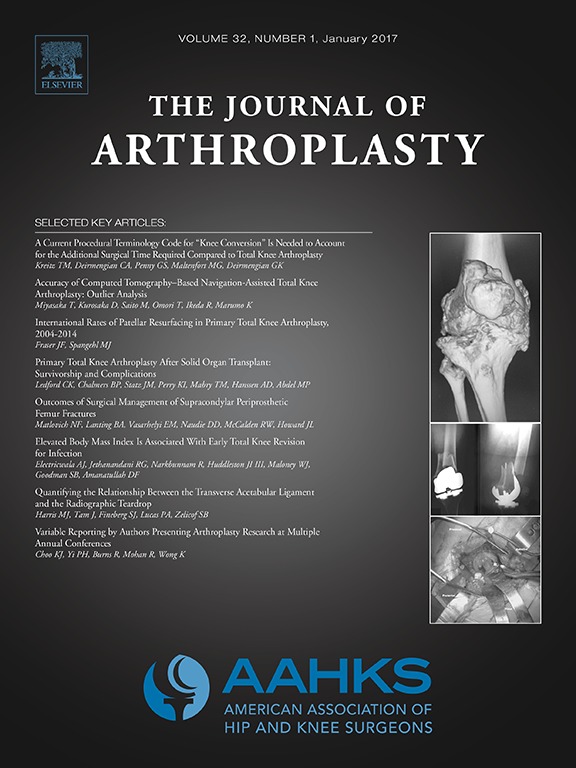
ARTHROPLASTY
Subvastus vs. parapatellar approach for bilateral TKA had no effect on patient perception
J Arthroplasty. 2016 Jan;31(1):112-7.51 patients (102 knees) scheduled for same-day bilateral total knee arthroplasty were to undergo the procedure with one knee randomly assigned to be operated using the subvastus approach and the other with the medial parapatellar approach. The purpose of this study was to investigate whether patients perceived any differences (patient-reported outcome measures) and whether either surgical technique proved to be superior when assessed through physician-reported objective outcomes. Results of this study indicated that for all follow-up points, both patient-reported and physician-assessed outcomes were comparable between surgical techniques, suggesting that one technique was not significantly superior to the other for TKA.
Unlock the full ACE Report
You have access to {0} free articles per month.Click below to unlock and view this {1}
Unlock NowCritical appraisals of the latest, high-impact randomized controlled trials and systematic reviews in orthopaedics
Access to OrthoEvidence podcast content, including collaborations with the Journal of Bone and Joint Surgery, interviews with internationally recognized surgeons, and roundtable discussions on orthopaedic news and topics
Subscription to The Pulse, a twice-weekly evidence-based newsletter designed to help you make better clinical decisions
Exclusive access to original content articles, including in-house systematic reviews, and articles on health research methods and hot orthopaedic topics
Or upgrade today and gain access to all OrthoEvidence content for just $1.99 per week.
Already have an account? Log in


Subscribe to "The Pulse"
Evidence-Based Orthopaedics direct to your inbox.
{0} of {1} free articles
Become an OrthoEvidence Premium Member. Expand your perspective with high-quality evidence.
Upgrade Now












































































